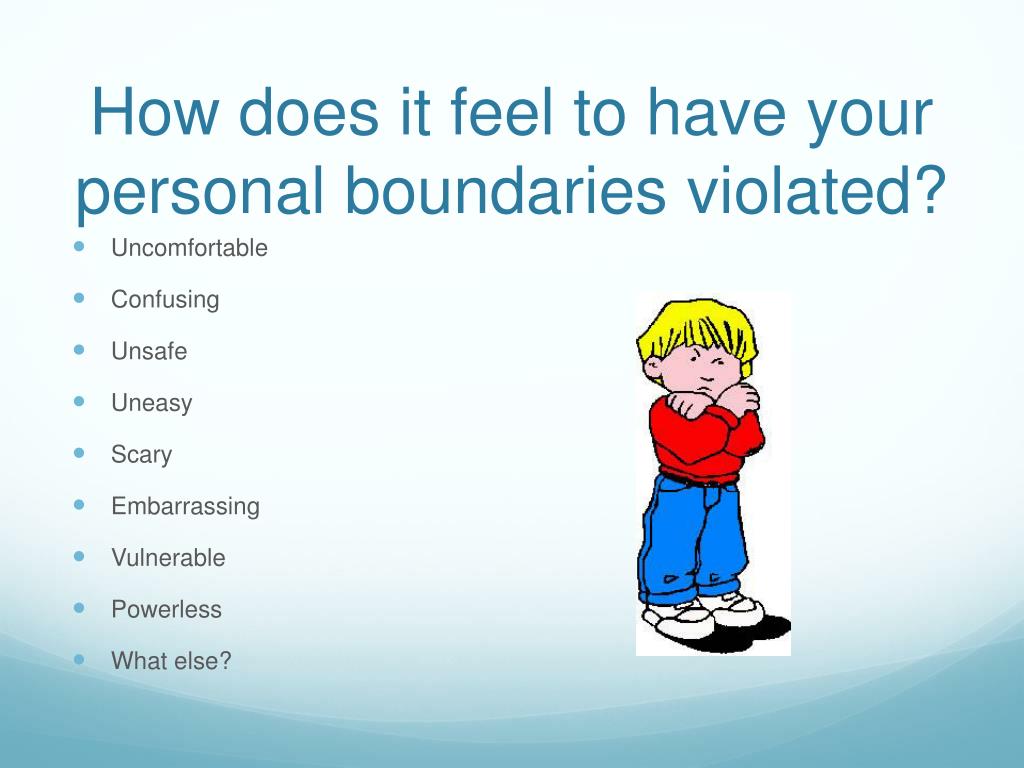Personal boundary examples
Personal Boundaries: Types and How to Set Them
Personal boundaries are vital but not always easy to establish. Still, with a few helpful tips, setting and communicating boundaries becomes easier.
From childhood, we’re often taught to bend and mold ourselves to make others comfortable. Sometimes this messaging is implied (as in school dress codes, for instance), and sometimes it is direct (“I don’t’ care if you don’t want to hug your grandfather, it’s rude not to!”), but the one truth is that it’s always there.
So it’s no wonder some of us find it difficult to set appropriate boundaries as we get older. We don’t want to offend or hurt others, even when that avoidance ultimately means hurting ourselves. We’ve been taught from a young age to put the feelings of others ahead of our own needs, to the point that many of us don’t even know the answer to the question, “What are boundaries?” let alone how to set them.
That isn’t a healthy or effective strategy for anyone. Research has found that the violation of personal space can cause discomfort, and personal experience tells most of us that discomfort caused by boundary violations can lead to anxiety and fallout in our relationships — both personal and professional.
Personal boundaries are simply the lines we draw for ourselves in terms of our level of comfort around others.
These boundaries may have to do with:
- physical contact (not feeling comfortable hugging a person you’ve just met)
- verbal interactions (not wanting a friend or family member to speak down to you)
- our own personal space (choosing to not have others in your home when you aren’t there)
These boundaries typically fall into a few specific categories:
- emotional (protecting our own emotional well-being)
- physical (protecting our physical space)
- sexual (protecting our needs and safety sexually)
- workplace (protecting our ability to do our work without interference or drama)
- material (protecting our personal belongings)
- time (protecting the use, and misuse, of our time)
Boundaries can also exist in a variety of situations, including:
- at work
- at home
- when visiting family
- when out with friends
Really, any time you are talking about engaging with others, you’ve likely got personal boundaries that surround that situation.
And finally, personal boundaries don’t have to be communicated for them to exist. We all have our lines of discomfort — they’re there whether you tell others about them or not. Still, personal boundaries are more likely to be violated if we don’t communicate them.
That’s when problems may occur.
We all have our own personal lines, boundaries we would feel more comfortable navigating life and our relationships with. The thing is, not everyone has the same boundaries, and most people aren’t capable of guessing what another person’s boundaries may be.
This is especially true for people who may have lower emotional intelligence (EQ). And often, they’re the people who benefit the most from having personal boundaries clearly communicated to them.
Setting boundaries is simply about communicating your needs for healthy interaction to someone else. It isn’t always easy. Not everyone may like or understand your boundaries or your reasons for setting them. But if you don’t set those boundaries, you certainly can’t expect them to be followed.
It often takes courage and strength to set boundaries, but when you do so, you can feel comfortable knowing your lines have been set. Your needs have been communicated. And if someone chooses to violate your boundaries after that, you would be within your rights to create further distance between yourself and that person.
No one has the right to tread on your boundaries. (But it’s also good to keep in mind that you — likewise — don’t have the right to tread on someone else’s.)
Boundaries are important, but they aren’t always easy to establish. People often don’t know where to begin or how to communicate their needs to others.
If you’re looking for a way to set your own personal boundaries, it may be a good idea first to consider what type of boundary you’re setting.
Setting emotional boundaries
Emotional boundaries often have to do with how others talk to and treat us, and they aren’t always things we think to set until after a boundary has already been crossed.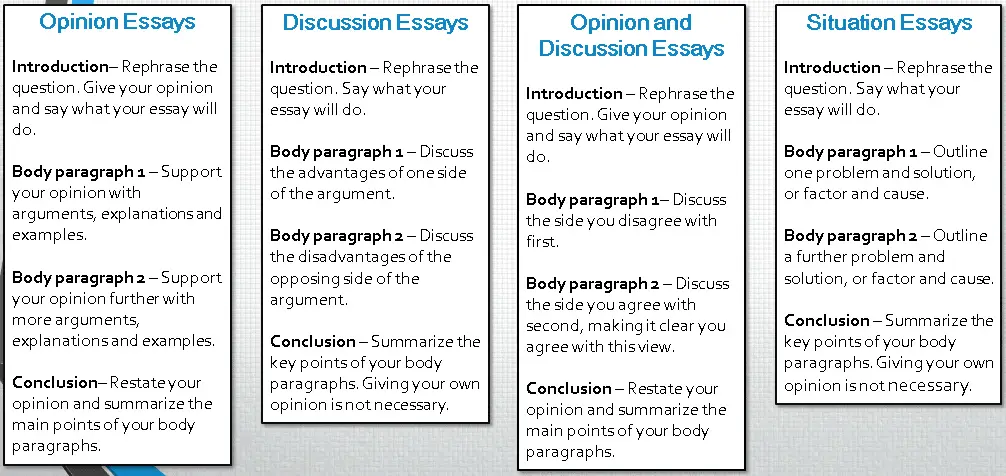 This is OK, though.
This is OK, though.
Let’s say you got into an argument with someone, and they called you an unkind name. Once you have both calmed down, the best way to set an emotional boundary with that person is to:
- Approach them.
- Ask to speak about the argument.
- Own any part you may have played in the argument going awry.
- Tell them that you are not OK with name-calling and that you will need them to engage without stooping to that level in the future.
Setting physical boundaries
Let’s say you aren’t comfortable with shaking hands. While this tends to be a social norm, there are many reasons a person may not be comfortable doing so — especially since the COVID-19 pandemic. The best way to set this boundary is before it even becomes an issue. When you meet someone new:
- Wave from a few feet away.
- Smile and say, “I don’t shake hands, but I’m so glad to meet you.”
- Don’t feel the need to apologize or explain yourself beyond that.
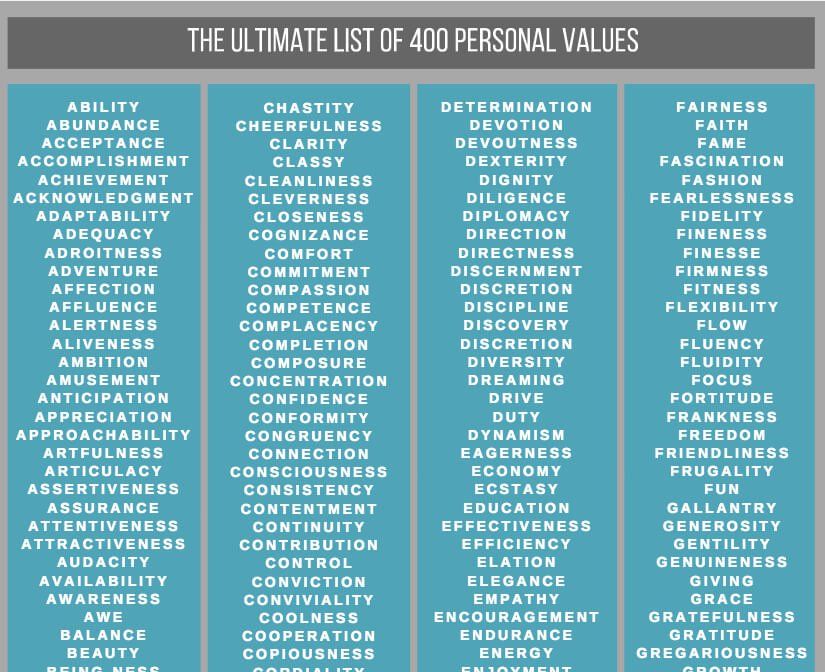
This same tactic of saying something before a boundary is crossed works for other physical boundaries like not wanting hugs (a fairly common boundary) or being touched by someone you don’t know.
Plus, if someone is in your physical space, consider saying, “I get uncomfortable when people are too close to me. Could you take a step back?”
Remember: Boundaries are healthy, and you’re allowed to set your own.
Setting sexual boundaries
When beginning a new intimate relationship, it’s always a good idea to sit down with your partner first so that you can discuss each other’s sexual boundaries.
This can be a conversation you prompt by saying something like, “I am looking forward to taking the next step in our relationship, but I’d like to take a moment to talk about what that might look like.”
From there, you can communicate things you are and are not comfortable with in an intimate situation.
Setting workplace boundaries
The best way to establish workplace boundaries is to first set the tone in how you conduct yourself professionally — it should reflect the professional manner you hope others will return when engaging with you.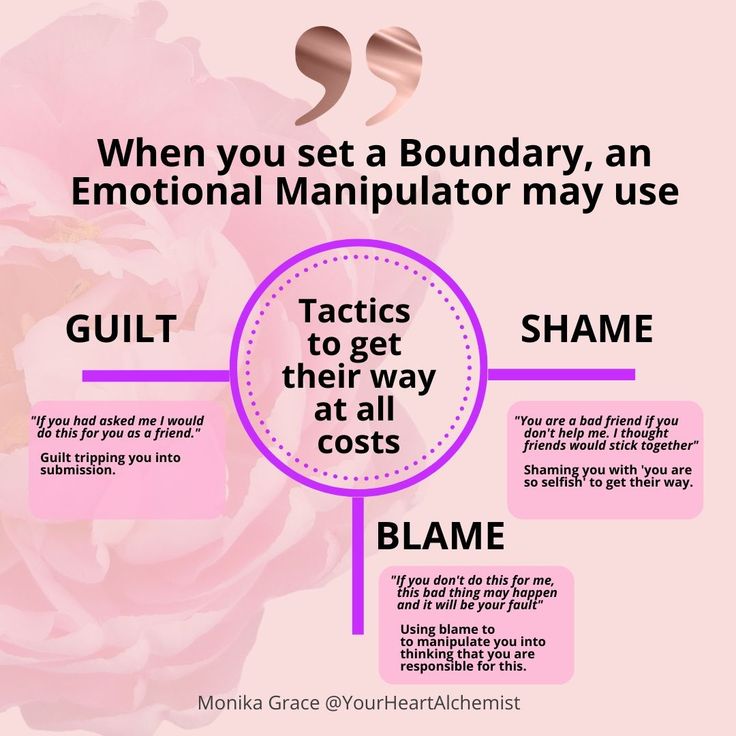
From there, setting workplace boundaries is often a matter of waiting until a boundary has been crossed before addressing the situation. For instance, if a colleague talks down to you in a meeting, you can approach them afterward and explain to them why that was unacceptable and what you need from them in the future.
If you have a colleague who routinely violates your work boundaries, don’t hesitate to get human resources involved.
Setting material boundaries
Let’s say you have a camper that a close friend wants to borrow for a trip with their family. You’re open to letting them use it, but you also want to make sure they take care of it the way you would.
In this case, it’s perfectly acceptable to outline your boundaries for care in writing, providing instructions for cleanup and general care. Written instructions placed inside the camper would be simpler for your friend to look back to, and they also help make your boundaries very clear.
Setting time boundaries
People tend to fall within two categories regarding time: Those who run late to everything, and those who tend to think that if you’re not early, you’re late.
If you’re the latter, you likely feel as though your boundaries are often intruded on by the former. This is actually a very simple solution to navigate, however:
- Decide in your mind how long you’re willing to wait beyond an agreed upon meeting time.
- Give yourself permission to leave or cancel an appointment if that time isn’t met.
- If you’re dealing with someone who is perpetually late, communicate this to them ahead of time — let them know you will be leaving after a certain amount of time has passed. Still, try not to sound accusatory. Consider acknowledging that you two have different personalities. You’re not trying to change them, but you need to set time boundaries for yourself because you can’t afford or don’t want to wait any longer.
Sometimes, no matter how hard you’ve tried to communicate your boundaries, someone may break them anyway. In that case, know that you’re allowed to cut off contact with that person. Anyone who doesn’t respect your boundaries ultimately doesn’t respect you.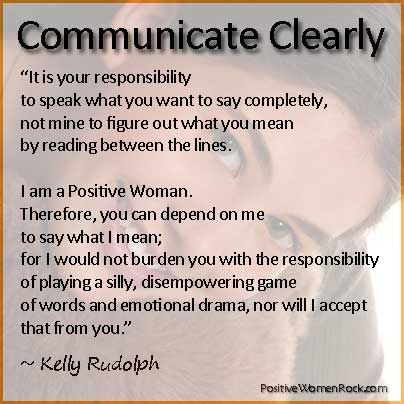
Of course, you have to know your boundaries before you can expect anyone else to follow them. So consider sitting down and writing out what some of your boundaries may be.
It may help to work through the categories, considering interactions that have made you uncomfortable in the past and how establishing boundaries may have helped.
The most important thing to remember is that you’re allowed to set these boundaries, and there’s no need to feel guilty about it.
The world is not a better place when we ignore our own needs for the comfort of others — the people who care about you want to know what you need to feel safe. But they can’t help until you know that yourself, and are able and willing to communicate those needs.
21 Examples Of Healthy Boundaries In Relationships
No matter the nature of your relationship, setting boundaries is a critical component to maintaining a healthy connection with your partner.
Seeking a close partnership should not have to conflict with your needs.
Becoming one as a couple means holistically knowing yourself, understanding your personal and emotional needs, and being able to communicate them to your significant other effectively.
It isn’t always easy to understand what your boundary issues are and how to communicate them.
We’ve created a relationship boundaries list to help you on your path to a loving and healing cohabitation.
[Side note: In this online course, learn healthy communication skills and build the intimacy you’ve always wanted in your relationship.)
What’s In This Article:
[show]
What Are Healthy Boundaries in Relationships?
The health of your communication defines healthy relationships.
Understanding your partner’s boundaries will transform your ability to communicate and help nip issues in the bud before they overwhelm you.
Healthy boundaries are a reflection of your principles, rules, and guidelines that you have set for yourself. A break in those boundaries arises when your partner disrespects, ignores, or isn’t aware of those principles or personal needs.
A break in those boundaries arises when your partner disrespects, ignores, or isn’t aware of those principles or personal needs.
Having a lack of boundaries can often lead to emotional manipulation from your significant other, whether or not it’s intentional.
You may have issues with saying no when someone asks you a favor, or you may dislike public displays of affection.
If so, you must speak up and communicate those needs to your partner.
Learn to recognize the signs that someone has crossed your boundaries.
These include feelings of anger, resentment, or guilt.
The conversation you have with our partner may be tough at first, but it might be the key to a happy relationship.
21 Examples of How To Set Healthy Boundaries in RelationshipsThere are many types of boundaries in relationships, as well as boundaries in a marriage that can establish better communication and intimacy.
Some conversations may be easier than others, but it’s better they occur with preparation rather than during the tense moments after an argument.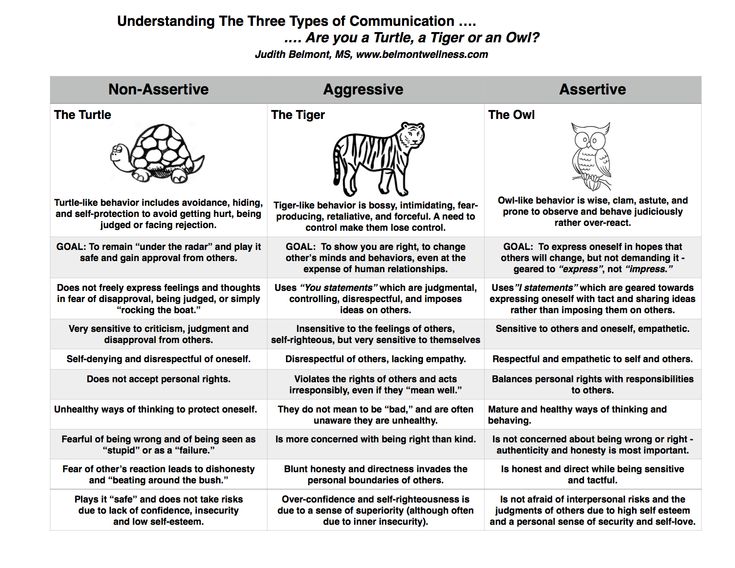
It may also be helpful to enlist a personal therapist or a couples therapist to discern where you most need them.
Examples of Emotional Boundaries To Set
1. Saying No
You may find it easier to sacrifice your own needs for your partner’s out of a fear of upsetting them.
However, if they ask something of you that goes against your principles, disrespects your time, or forces you to sacrifice something important, it’s okay to say no. It doesn’t have to be harsh, but learn to say it assertively.
2. Refusing to Take Blame
Sometimes your partner may place the blame on you out of hurt or guilt. This behavior does not mean their anger is your fault. Do not let them skirt responsibility by manipulating your emotions. Acknowledge their pain, let them know you are there for them but assert that you will not accept responsibility for their actions.
3. Expecting Respect
You deserve kindness and loving communication. If you feel your partner is speaking from unjustified anger or with a disrespectful tone, you are within your right to remove yourself from the scenario.
Let them know that if they want to have a conversation, it must come from a place of respect.
4. Dictating Your Own Feelings
When you’re part of a couple, opinions and emotions can feel blurred. Learn to decipher your feelings from your partner’s and their perception of your feelings. If they speak for you, correct them and kindly ask that they do not dictate your emotions for you.
5. Finding Your Identity Outside of the Relationship
Codependency can lead to a melding of identities. “I” becomes “we,” and the “you” gets lost in the mix. Remember that you are not just one half of a whole but your own person with passions, interests, and vibrant intelligence. It’s okay to have a sense of self separate from your partner.
6. Accepting Help
Some people are more independent and find difficulty relying on their partner in tough times. If you need help, it can be good to establish where your boundaries are and what you do and do not want help with.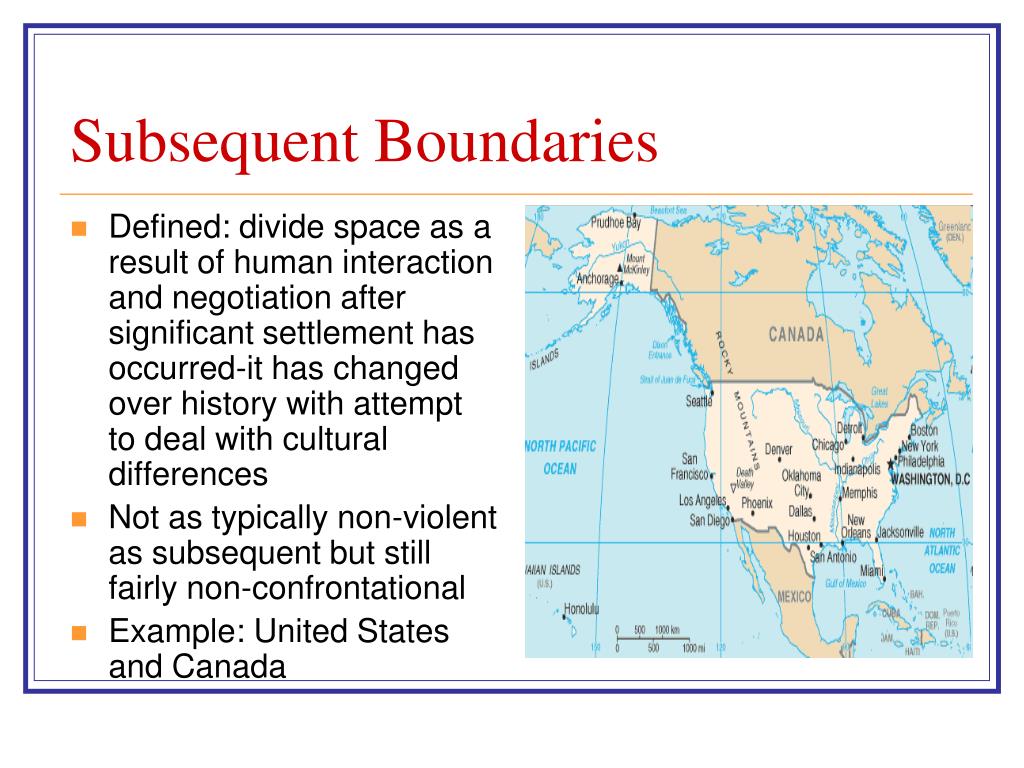
You may ask for help with finances but need space when dealing with family issues. This balance can be a delicate tango, but open communication leads to a smoother rhythm.
7. Asking for Space
Sometimes we just need to be alone in emotional upheaval. In a relationship, it can seem like you never are. Asking for space may feel to your partner like you are pushing him or her away, even though that’s not your intention.
Alone time is perfectly healthy and a key to maintaining your own identity and sorting through your problems. If you aren’t clear about needing space, your partner might feel neglected or that you’re avoiding them. Establishing upfront that you like to spend time alone will help later on.
8. Communicating Discomfort
Whether your partner tells a hurtful joke or crosses a physical line, learning to articulate your discomfort clearly will help in setting your boundaries. Let them know what you will not tolerate, and plan a course of action if he or she crosses that boundary.
Phrases like “Please don’t do that, it makes me uncomfortable” or “I don’t like it when you ( ex: use that word, touch me there, use that tone)” are clear and concise.
9. Sharing Mutually
It’s okay to take things slowly at the beginning of a relationship. Don’t feel pressured to share everything upfront or feel you have to share first for your significant other to open up. Vulnerability should be mutual, with both partners checking in and creating a safe space for sharing.
10. Sticking Up for Yourself
In an argument, you or your partner may say things you regret that are mean or ugly. Establish that you won’t accept him or her speaking to you that way. You have intrinsic worth and deserve to be spoken to kindly. Make it known that you need an apology and that you need your partner to acknowledge the hurt their words have caused.
11. Choosing to be Vulnerable
Vulnerability should not be demanded. Of course, it is an important component of a healthy relationship, but you should never feel pressured to open up about a difficult topic in any stage of your relationship.
You share your feelings and experiences on your terms. You should feel safe to communicate that you may need time to discuss specific topics or memories.
More Related Articles:
68 Totally Relatable Quotes About New Relationships
Everything You Want to Know About Female-Led Relationships
21 Bare Minimum Expectations You Should Have In a Partnered Relationship
Examples of Personal Boundaries
12. Your Right to Privacy
There are many different levels of privacy. You may share a home computer, but keep your email password to yourself. This choice is reasonable. Your belongings, thoughts, texts, journal entries, and even topics as big as past relationships or traumas are yours to share or not share at your discretion. Infringement on those boundaries is not acceptable.
13. The Ability to Change Your Mind
Your choices are your decision, as is the option to make a new one.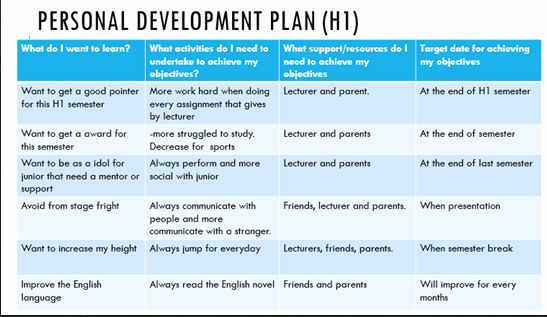 If you change your mind, your partner should not make you feel guilty for it. Be clear with your reasoning or simply state that you decided to change your mind. Of course, being open is important, but it should happen on your terms.
If you change your mind, your partner should not make you feel guilty for it. Be clear with your reasoning or simply state that you decided to change your mind. Of course, being open is important, but it should happen on your terms.
14. Your Right to Your Own Time
You get to dictate where and with whom you spend your time, alone or apart. Maybe you don’t love going to Monday night football. Establish that Monday nights are your alone time or your weekly wine night with your pals. Perhaps you need to be by yourself for a few days after a big fight; you are within your right to ask for that.
15. The Need to Handle Negative Energy
A personal boundary can also be one that you set for your own behavior. It is important to navigate unhealthy anger and resentment so you aren’t bringing negative energy into a shared space.
If you can’t let it out on your own, ask for help. Share your negative emotions and lighten those toxic feelings by being honest about your mood.
16. The Freedom to Express Sexual Boundaries
The beginnings of physical intimacy with a new partner is an exciting time, but navigating personal boundaries in sex can be awkward or even scary. Openly communicating your needs or discomforts is essential, though finding the words can be tricky.
Remember that every step you take requires enthusiastic consent from your partner, and you should never feel pressured into anything. Talk with each other regularly. Share fantasies and discuss boundaries. Honesty and vulnerability are powerful.
17. The Freedom to Express Spiritual Boundaries
Your beliefs are your own, no matter how much you may or may not have in common with your partner in terms of spirituality or religion. You and your significant other should respect each other’s beliefs, foster and encourage each other’s spiritual growth, and be open to learning about the other’s culture or faith.
18. The Right to Remain True to Your Principles
Set a boundary with yourself that your principles remain in place no matter who you are dating.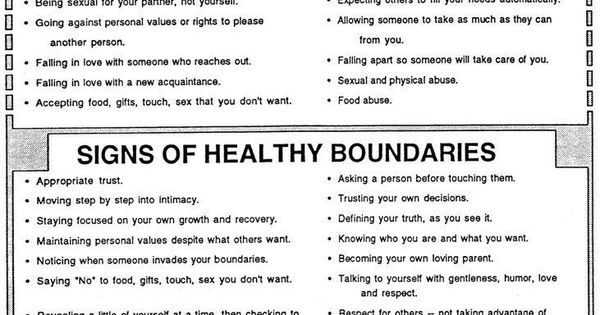 Of course, you can change your mind as your conversations with your partner open new doors to new ideas. But you shouldn’t feel pressured to adopt his or her stances out of fear of upsetting them.
Of course, you can change your mind as your conversations with your partner open new doors to new ideas. But you shouldn’t feel pressured to adopt his or her stances out of fear of upsetting them.
19. The Ability to Communicate Physical Needs
Learn to communicate what your body needs. Are you a vegetarian and don’t want meat in the house? Are you an early riser who needs to be in bed before 10:00 pm? Then make sure your partner respects your physical needs by not making loud noises or watching TV late into the evening.
On the other hand, learn about your significant other’s boundaries. If they prefer a later bedtime, work out an arrangement rather than pressuring them to go to sleep before their biological clock allows them to.
20. Your Right to Your Material Possessions
Deciding what to share and what to keep for yourself is never an easy task. Some couples open joint bank accounts, while others forego that for financial independence. Material and financial boundaries are commonplace in every relationship.
21. Your Ability to Manage Your Own Time
Another relationship boundary to set for yourself is learning to manage your time in a way that doesn’t disrespect your significant other’s.
When you’re single, you can put off doing the dishes as long as you want. However, in a relationship, your time is not just your own. If you agree to date at 8:00 pm, it’s essential to stick to your word.
That means learning to manage your time respectfully, even when you’re alone.
How to Set Boundaries in Relationships
It’s one thing to know what your boundaries are, but it’s a whole different ball game to establish them, especially if that means unlearning bad habits. Try to avoid reactionary anger when setting boundaries.
We often don’t know what our boundaries are until someone crosses them. However, there are better ways to communicate to your partner what they are.
Here are some thoughts on establishing your boundaries in a relationship:
- Find a Calm Moment: If your partner crosses a boundary, work through your anger first in a safe and healthy way.
 Take time to yourself, and write down what disturbed you. Define the boundary and wait until a peaceful moment to have a conversation.
Take time to yourself, and write down what disturbed you. Define the boundary and wait until a peaceful moment to have a conversation. - Be Assertive: State your boundaries clearly and effectively. Make it known that you will not tolerate that boundary being crossed and why it bothers you.
- Be Loving: Don’t threaten your partner or speak out of anger. Let him or her know that you are setting your boundaries out of trust and love for them and yourself.
- Reciprocate: Be sure to ask your partner what boundaries they need to establish and do your best to honor them. Model the behavior you want to see in your partner.
How will you set boundaries in your relationship?
It may be scary to be vulnerable and admit what you need from your significant other, but you know yourself and what you need better than anyone else.
A loving partner, the partner you deserve, will respect and value the boundaries you have set.
Ultimately, you will find yourselves closer than ever. Showing your loved one that you are willing to set boundaries will help them share their boundaries with you. It may take time and hard work, but the best things always do.
A woman's personal boundaries in a relationship as a guarantee of a happy life
Interaction between a man and a woman is not only a pleasant process, but is often filled with many difficulties. Two different sexes are different not only in physiological aspects, but also in everything else: in their views on things, in relation to the world, to themselves, to others.
It is important from the very beginning of a relationship to build a foundation in which both partners will feel comfortable and safe. To do this, it is worth relying on building personal boundaries for each of them. This gives just the same feeling of satisfaction and harmony in interaction with a partner.
In this article:
The concept of personal boundariesExamples of personal boundaries with a man
The concept of personal boundaries
Photo NOTAVANDAL on Unsplash
Personal boundaries are an invisible feature of your own psychological space. This includes your emotions, feelings, attitudes, principles, as well as desires and needs. The construction of boundaries occurs from two sides: you yourself designate and establish them, and the partner respects and observes them.
This includes your emotions, feelings, attitudes, principles, as well as desires and needs. The construction of boundaries occurs from two sides: you yourself designate and establish them, and the partner respects and observes them.
Personal boundaries can be physical. This is when there is your physical space, the violation of which leads to discomfort and unpleasant emotions and sensations. For example, when you wash in the bathroom, you do not like when someone comes to you. It causes a storm of negativity in you.
Psychological boundaries are considered another type of personal boundaries. This is your comfort associated with personal experiences. Suppose your mother, coming to visit you, begins to scold that you are raising children incorrectly. Thus, it violates your personal psychological boundaries.
In this case, not only the mother is wrong in the situation. You are not respectful of your own. Indeed, in case you do not speak out your feelings and do not ask, not to communicate in such a manner, it only means that you allow those around you to treat you this way.
Unfortunately, we are not taught from childhood to respect our needs, we are not told how to build a personal line where outsiders are not allowed to enter. Moreover, our parents from childhood themselves violate the boundaries of the child, thereby showing that it is quite normal to manage the life of another person.
In order to better understand the structure of the formation of personal boundaries, we will plunge into the world of relationships with the opposite sex, because it is in relationships with men that this topic manifests itself most clearly and revealingly.
Examples of personal boundaries with a man
Analyzing life examples, we will try to understand what to do if your boundaries are mercilessly destroyed. To begin with, let's look at the identity of the violation of the physical, spatial personal.
- Personal items.
Many are familiar with the situation when a partner, without asking, and sometimes stealthily looks through personal things: phone, laptop, pockets. These are all pretty clear examples of violations of personal space.
These are all pretty clear examples of violations of personal space.
Personal boundaries part 1: how to know your boundaries
Of course, there are relationships where partners have a habit of calmly using each other's phones. However, there are people for whom the presence of the personal and untouchable is of great importance. Respect for such a desire is nothing but respect for the space of another person.
Personal items are not limited to gadgets. This can also apply to household items. For example, it is important for a woman to use only a personal towel, and none of the household should use it. Or a man asks not to use his mug.
Solution.
Violation of boundaries can lead to conflicts, so it is worth agreeing what rules will be established in your family. And try not to break them. In this case, it is not so difficult not to touch the other person's personal belongings.
- Personal space.
Everyone in the house should have a place where he can be alone for a little while.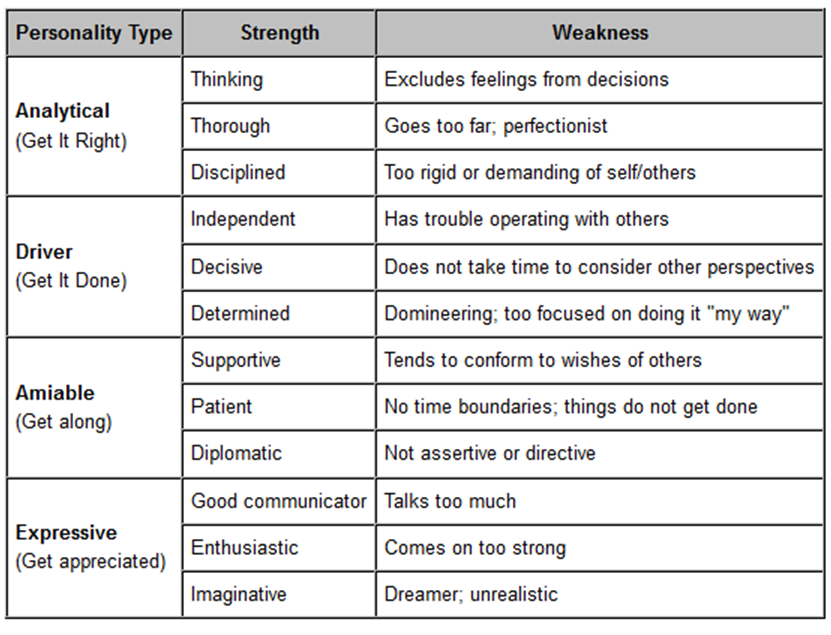 Even for children, they try to organize their own children's room. Adults also need it. Of course, financially it does not always work out for everyone to allocate a corner.
Even for children, they try to organize their own children's room. Adults also need it. Of course, financially it does not always work out for everyone to allocate a corner.
However, this may be purely symbolic. For example, for a woman, a bathroom can act as a personal space, where she can retire and enjoy pleasant self-care procedures.
A man can take his rightful place on the couch and be alone with the newspaper for a while. The same goes for pastime. Each of the partners has the right to meet friends, go to a cafe or go fishing. This is also an example of personal space.
The partner must treat the partner's interests with understanding. However, it is important to observe the main rule - environmental friendliness. Your needs should not violate the boundaries of the second.
If, for example, a man is going to go out with friends for the second day in a row, and his wife stays at home, who stays at home with her children and does not rest at all, this already goes against the boundaries of a woman.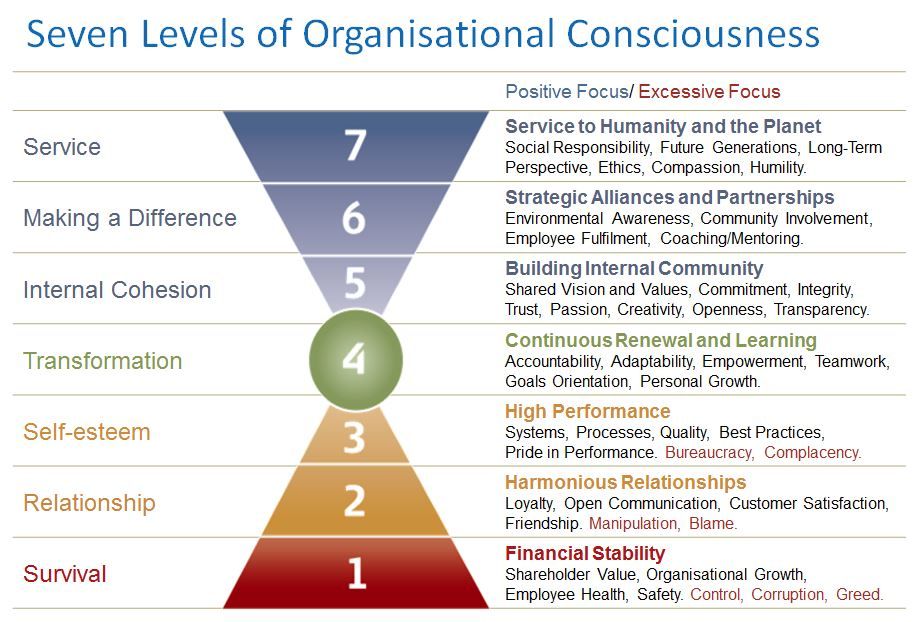 And the desires of a man are more like a disrespectful and careless attitude towards a partner.
And the desires of a man are more like a disrespectful and careless attitude towards a partner.
Solution.
At this point the best remedy is the negotiating table. Conversations and agreements are able to define the boundaries of each and learn to coexist with each other without infringing on their rights and desires, and also without interfering with the needs of a partner.
As for the psychological boundaries of each other, it is worth considering the following examples of such a phenomenon:
- Evaluation of a partner.
When giving your assessment of the actions, appearance or deeds of another person, it is worth thinking about his perception of your words. A person always perceives the words of another person purely individually. He may not care about one situation, and talking about another situation will cause resentment.
Let's say your husband casually says that you have gained some weight after giving birth. He may not have meant to hurt your feelings, but it was an incredibly painful statement for you.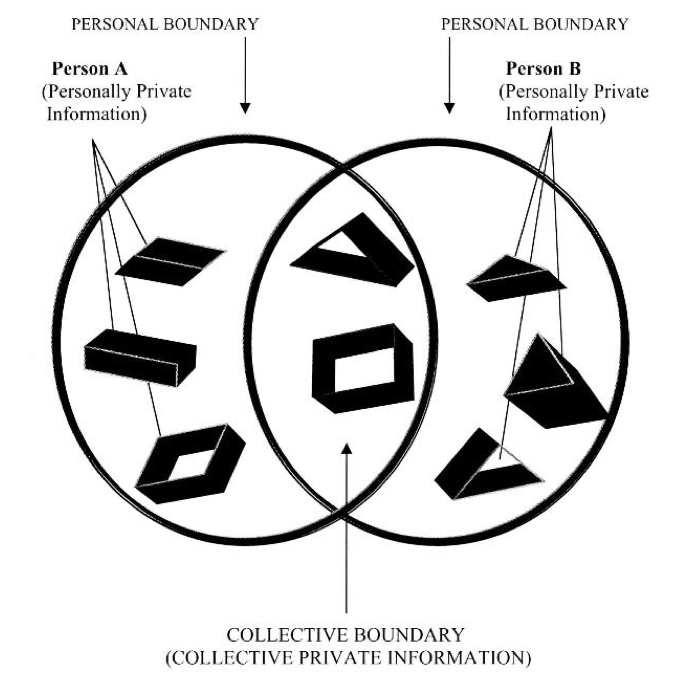 You flared up and said a lot of nasty things to him in response.
You flared up and said a lot of nasty things to him in response.
Another example, the husband tries his best to be in time and earn money, and when he comes home to sit with the children. You, during a small conflict, throw an insulting "you do nothing." The husband simply loses the gift of speech from resentment, after which he does not want to communicate at all.
Solution.
It is often worth abandoning a value judgment in relation to another person, since the opinion is always subjective. A person can reason, do, try, think and feel in a completely different way.
Therefore, it is important to be able to communicate with each other correctly. To do this, it makes sense to speak out the points that will become taboo for discussion in your family. And the ability to be kind to your partner will allow you to maintain harmony and love.
- Only weighted actions.
Actions are no less important in relationships than words. Therefore, all actions must be considered.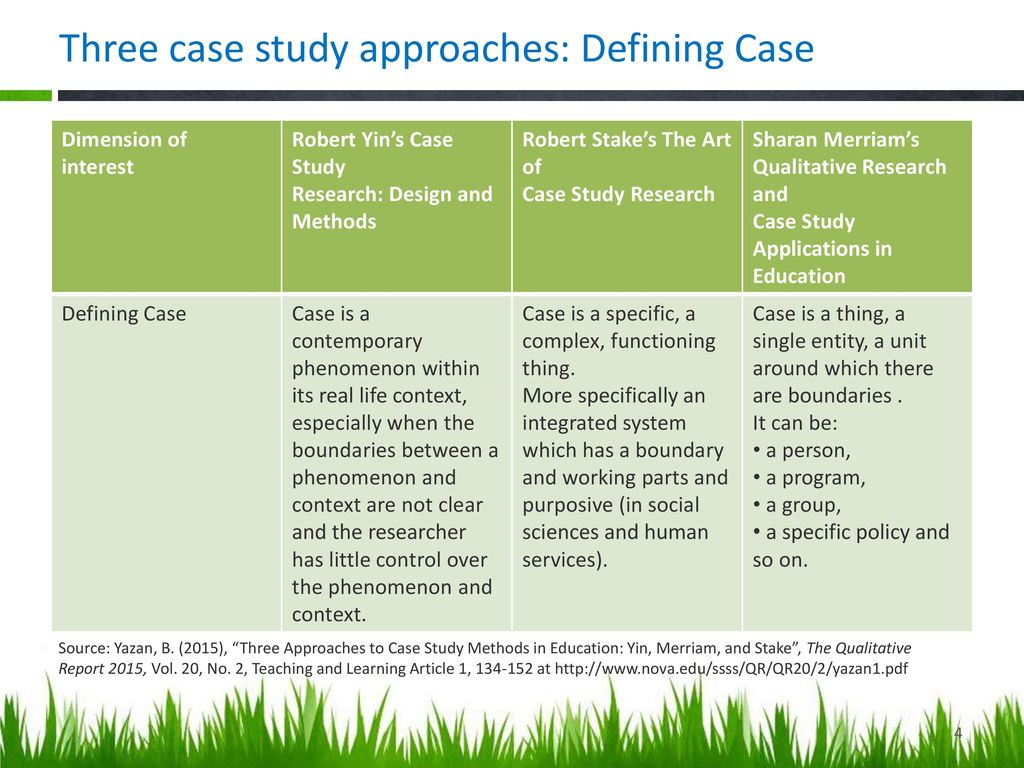 Joint life is built like this: you “sprout into each other” with your thoughts and feelings, at every step you take into account your partner. With all this, you remain an individual.
Joint life is built like this: you “sprout into each other” with your thoughts and feelings, at every step you take into account your partner. With all this, you remain an individual.
For example, a man plans a vacation with his friends without discussing the matter with his woman. Upon learning this, she feels indignation and indignation. Or let's say a woman invited her relatives to dinner, putting her husband before the fact. However, he has a business meeting scheduled that day.
Solution.
There can be absolutely any examples, but only one conclusion is requested. Discuss all situations with each other and act on the basis of a common decision. Your task is to keep peace in the family and make your relationship truly strong and comfortable.
As you have noticed, respecting other people's boundaries is no less important than defending your own. This is what mutual work on relationships is all about. Despite the fact that women and men are different in nature and psychological aspects, it is absolutely possible to find common ground with your loved one.
One has only to understand that you are objects of one organism, you have one goal. Build your boundaries, say what gives you pleasure and what, on the contrary, is unpleasant. Then your life with each other will become easier, clearer and calmer.
21 An Example of Personal Boundaries in a Relationship
Regardless of the nature of your relationship, setting personal boundaries is an important component to maintaining a healthy relationship with your partner. Seeking close partnerships should not conflict with your needs.
Becoming a couple means knowing yourself wholeheartedly, understanding your personal and emotional needs and being able to communicate them effectively to your significant other.
It is not always easy to understand what problems with your personal boundaries are and how to communicate them.
We have created a list of personal boundaries for people in a relationship to help you on your path to understanding and healing communication.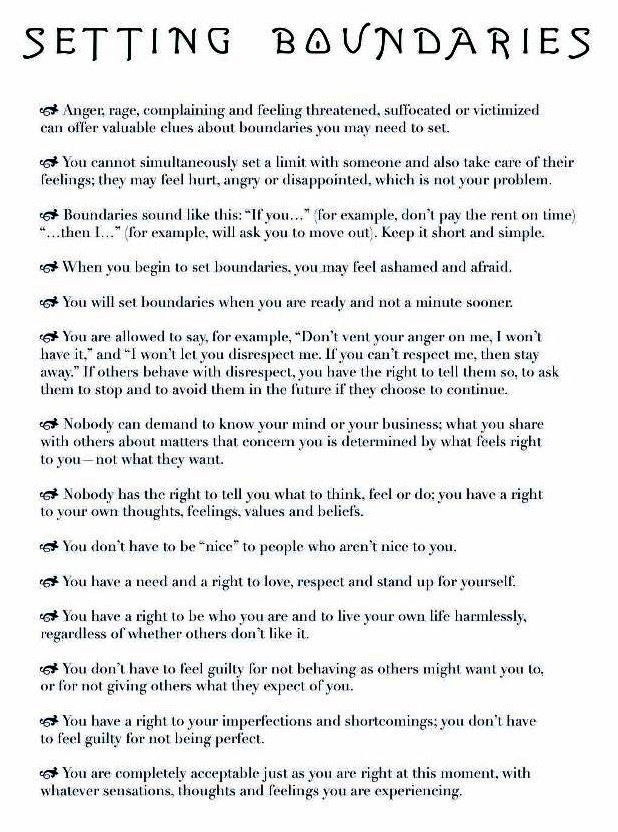
What's in this article:
Expand
- What are healthy personal boundaries in a relationship?
- 21 examples of personal boundaries in a relationship
- Examples of personal boundaries
- Say no
- Refusal to take blame
- Waiting for respect
- Dictation of one's own feelings
- Separate your identity from your partner
- Accepting help
- Ask for space
- Report discomfort
- Interchange
- stand up for yourself
- Choice to be open
- Your right to privacy
- Ability to change one's mind
- Your right to free time
- Necessity to release negative energy
- Freedom to express sexual boundaries
- Freedom to express spiritual boundaries
- The right to remain true to one's principles
- Ability to communicate physical needs
- Right to your material possessions
- Ability to manage your time
- How to set personal boundaries in relationships
- How do you set personal boundaries in your relationships?
What are healthy personal boundaries in a relationship?
The health of your communication determines a healthy relationship.
Understanding your partner's personal boundaries will change your ability to communicate and help you stop problems in the first place before they overwhelm you.
Personal boundaries is a reflection of your life principles, rules and recommendations that you have set for yourself. Violation of these boundaries occurs when your partner does not respect, ignore or are not aware of these principles or personal needs.
Lack of personal boundaries can often lead to emotional manipulation by your significant other, whether intentionally or not.
You may have trouble saying no when asked for a favor, or you may become attached to a person in public.
If yes, you should speak up and let your partner know.
Learn to recognize the signs that someone has crossed your personal boundaries. These signs include feelings of anger, resentment, or guilt.
Talking to your partner may seem difficult at first, but it can be the key to a happy relationship.
21 Examples of Personal Boundaries in Relationships
There are many types of boundaries in relationships, as well as boundaries in marriage, that can improve communication and intimacy.
Some conversations may be easier than others, but it is better to have them beforehand rather than in the tense moments after an argument.
It may also be helpful to hire a personal or family therapist to determine where and when these conversations are most needed for your couple.
Examples of personal boundaries
-
Say "no"
You may find it easier to sacrifice your own needs for your partner's needs for fear of upsetting them.
But if he asks you for something that goes against your principles, violates your personal boundaries, doesn't respect your time, or forces you to sacrifice something important, you can say no. You don't have to be rude or harsh, but learn how to say it confidently.
-
Refusal to take blame
Sometimes your partner may blame you because of resentment or guilt.
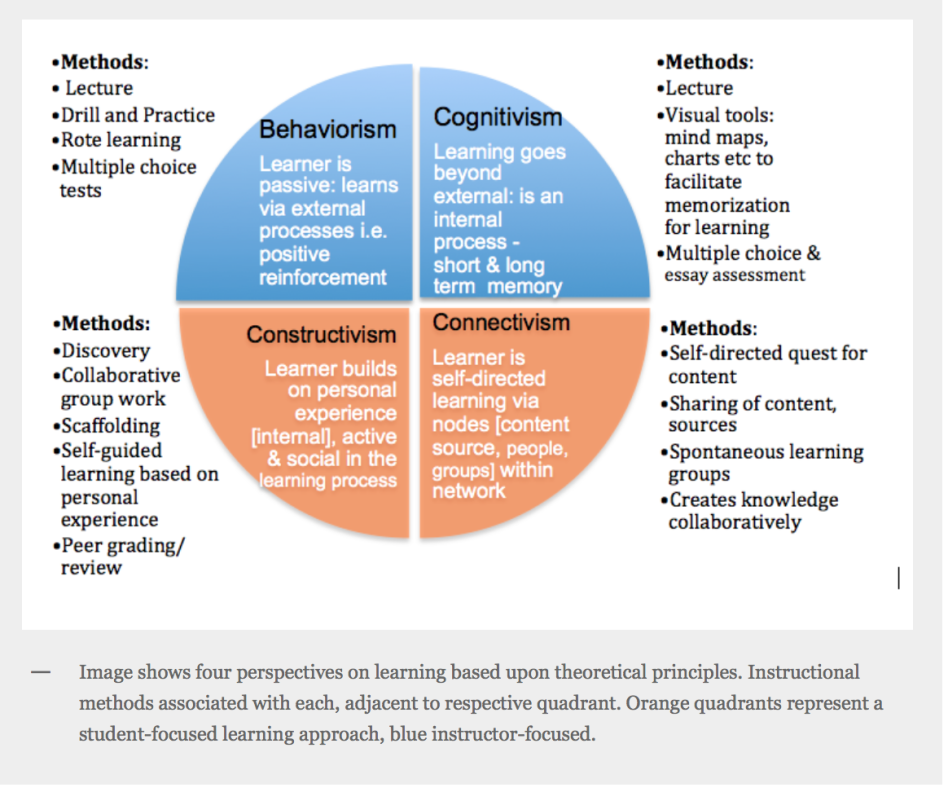 This behavior does not mean that his anger is your fault. Don't let him shirk responsibility by manipulating your emotions. Acknowledge his pain, let him know that you are there for him, but at the same time state that you do not take responsibility for his actions.
This behavior does not mean that his anger is your fault. Don't let him shirk responsibility by manipulating your emotions. Acknowledge his pain, let him know that you are there for him, but at the same time state that you do not take responsibility for his actions. -
Waiting for respect
You deserve kindness and loving companionship. If you feel that your partner is speaking with unjustified anger or in a disrespectful tone, you have the right to walk away from such a conversation and not allow him to violate your personal boundaries.
Let him know that if he wants to talk, it must be out of respect.
-
Dictation of one's own feelings
When you are part of a couple, opinions and emotions can seem blurred. Learn to distinguish your feelings from the feelings of your partner and his perception of your feelings. If he speaks for you, your personal boundaries are under attack, correct him and kindly ask him not to dictate your emotions to you.

-
Separate your identity from your partner
Codependency can lead to merging of identities. "I" becomes "we" and "you" gets lost in the confusion. Remember that you are not just half of the whole, but your own personality with feelings, interests and a bright intellect. It's okay to feel separate from your partner.
-
Accepting help
Some people are more independent and find it difficult to rely on their partner in difficult times. If you need help, it would be a good idea to establish where your personal boundaries lie and where you need or don't need help.
You can ask for help with money, but you need space to deal with family matters. This line can be quite thin, but maintaining such a balance and open communication leads to a calm and balanced life in a couple.
-
Ask for space
Sometimes we just need to be alone in some of our emotional upheavals.
 In a relationship, it may seem that we are always together and are never without each other. Asking for space may feel like you're pushing him or her away to your partner, even if that's not your intention.
In a relationship, it may seem that we are always together and are never without each other. Asking for space may feel like you're pushing him or her away to your partner, even if that's not your intention. Time spent by yourself is absolutely healthy and is the key to maintaining your individuality and solving your problems. If you are not aware that you need space, are irritated and depressed, then your partner may feel that you are neglecting or avoiding him. Announcing your personal boundaries up front by saying that you enjoy spending time alone will help your relationship go forward.
-
Report discomfort
Whether your partner is telling a hurtful joke or overstepping a physical boundary, being able to articulate your discomfort will help you set your boundaries. Let him or her know what you will not tolerate and plan a course of action if he or she oversteps this personal boundary of yours.
Phrases such as "Please don't do this, I'm getting uncomfortable" or "I don't like it when you (e.
 g. use this word, touch me, use this tone)" are clear and concise.
g. use this word, touch me, use this tone)" are clear and concise. -
Interchange
At the beginning of a relationship, it's normal to take it slow. Not feeling pressured to share with the person, or feeling like you have to share first in order for your significant other to open up to you. Your personal boundary manifests itself in vulnerability, which should be reciprocal as both partners test and create a safe space to share.
-
Stand up for yourself
In an argument, you or your partner may say things that you will later regret, things that are mean or vile. Make it clear that you will not allow him or her to talk to you in this way. You have inner strength and value, and you deserve to be treated kindly. Make it clear that you need to apologize and that your partner needs to admit that his words hurt.
-
Choosing to be open
Openness should not be required.
 Of course, this is an important sign of a healthy relationship, but the manifestation of your personal boundaries occurs when you do not feel pressure to reveal a difficult topic for yourself at any stage of your relationship.
Of course, this is an important sign of a healthy relationship, but the manifestation of your personal boundaries occurs when you do not feel pressure to reveal a difficult topic for yourself at any stage of your relationship. You share your feelings and experiences of your own free will. You should feel safe letting you know that you may need time to discuss specific topics or memories.
-
Your right to privacy
There are many different levels of privacy. You can use a shared home computer, but keep your email password to yourself. It is reasonable. Your things, thoughts, texts, diary entries, and even important topics such as past relationships or traumas belong to you, and only you decide whether to share them or not. Violation of these personal boundaries is unacceptable.
-
Ability to change one's mind
Your choice is your decision, as well as the opportunity to make a new choice. If you change your mind, your partner shouldn't make you feel guilty.
 State your arguments clearly, or simply state that you've changed your mind. Of course, being an open person is important, but this should happen on your own initiative.
State your arguments clearly, or simply state that you've changed your mind. Of course, being an open person is important, but this should happen on your own initiative. -
Your right to free time
You have the right to say where and with whom you want to spend time, alone or simply apart from your partner. Maybe you don't like watching football on Monday nights. Make it clear that Monday nights are the time you want to spend alone, or vice versa, these are weekly evenings with friends. Perhaps you need to be alone for a few days after a difficult task; you have the right to say so.
-
Necessity to release negative energy
Personal boundaries can also be set by you for your own harmonious behavior . It is important to deal with unhealthy anger and irritation so as not to bring negative energy into the common space.
If you cannot release these feelings on your own, seek help.
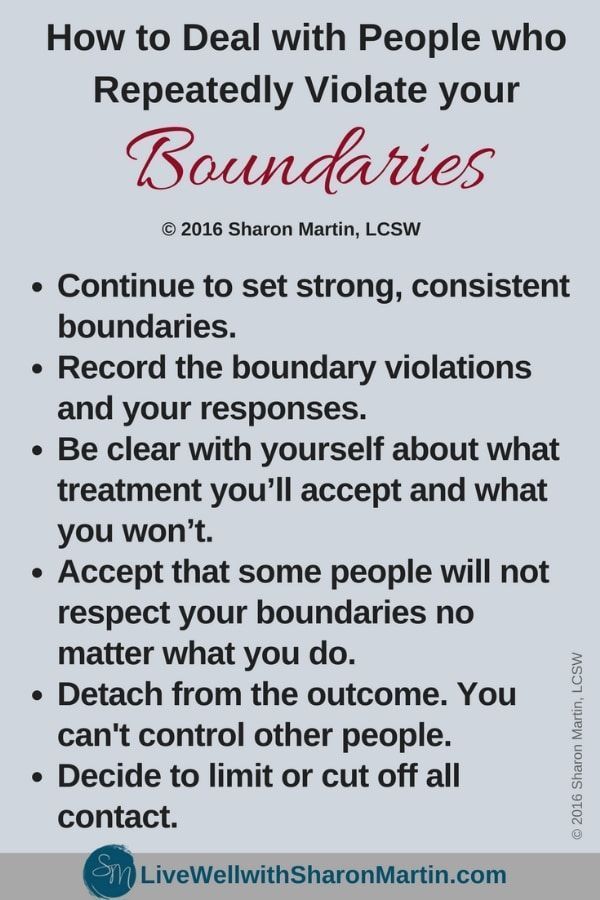 Share your negative emotions and get rid of those toxic feelings by being candid about your mood.
Share your negative emotions and get rid of those toxic feelings by being candid about your mood. -
Freedom to express sexual boundaries
The beginning of physical intimacy with a new partner is an exciting time, but pushing personal boundaries in sex can be awkward or even scary. Being open about your needs or concerns is important, although finding the right words can be tricky.
Remember that every step you take requires the enthusiastic consent of your partner, and you should never force anything. Communicate regularly with each other. Share fantasies and discuss personal sexual boundaries. Honesty and openness are strong human qualities.
-
Freedom to express spiritual boundaries
Your beliefs are your own, regardless of how much you may or may not have in common with your partner in terms of spirituality or religion. You and your significant other should respect each other's beliefs, encourage and encourage each other's spiritual growth, and be open to learning about each other's culture or faith.
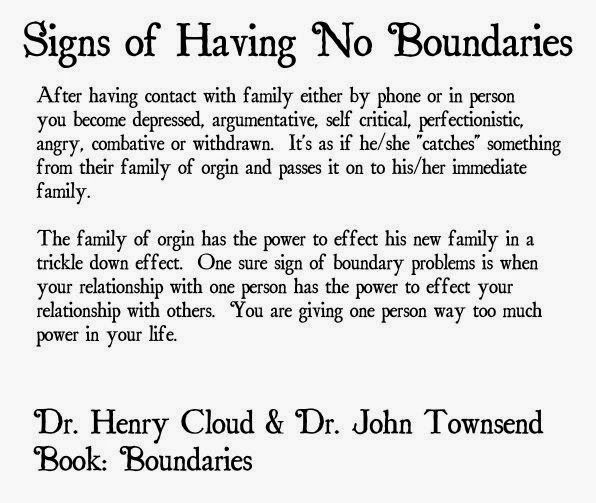
-
The right to remain true to one's principles
Set personal boundaries for yourself so that your principles remain the same no matter who you meet. Of course, you can change your mind, as your conversations with your partner will open new doors for new ideas. But you shouldn't feel pressured into taking the partner's position for fear of upsetting them.
-
Ability to communicate physical needs
Learn to communicate what your body needs. Are you a vegetarian and don't want meat in the house? Are you an early riser and need to go to bed before 10pm? Then make sure your partner respects your physical needs by not making loud noises or watching TV late at night.
On the other hand, learn about the personal boundaries of your significant other. If he prefers a later time to rest, develop a schedule rather than forcing him to go to bed before his body clock allows him.
-
Right to your material possessions
Deciding what to share and what to keep for yourself is never an easy task.
 Some couples open joint bank accounts, while others refuse to do so for reasons of financial independence. Material and financial boundaries are normal in any relationship.
Some couples open joint bank accounts, while others refuse to do so for reasons of financial independence. Material and financial boundaries are normal in any relationship. -
Ability to manage your time
Another personal boundary to set for yourself is to learn how to manage your time in a way that does not disrespect your loved ones.
When you are alone, you can put off washing the dishes for as long as you like. However, in a relationship, your time is not just yours. If you agree to a date at 8:00 pm, it's important to keep your word.
This means that you need to manage your time even when you are not yet a couple.
How to set personal boundaries in a relationship?
It's one thing to know your limits, but it's quite another thing to set them, especially if it means giving up bad habits. When setting personal boundaries, try to avoid reactions such as anger.
We often don't know our personal boundaries until someone breaks them.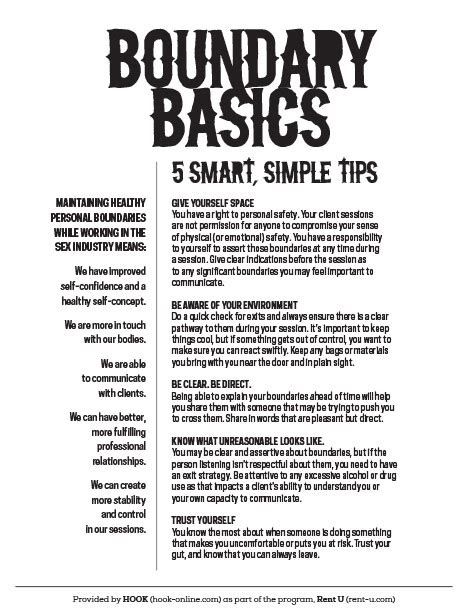 But there are better ways to let your partner know what your personal boundaries are.
But there are better ways to let your partner know what your personal boundaries are.
Here are some thoughts on how to set personal boundaries in a relationship:
- Find a calm moment: If your partner oversteps a personal boundary, first deal with anger in a safe and healthy way. Take time for yourself and write down everything that's bothering you. Set a boundary and wait for a quiet moment to talk.
- Be assertive: Be clear and effective about your personal boundaries. Make it clear that you will not tolerate violation of this boundary and explain why it bothers you.
- Be loving: do not threaten your partner or speak with anger. Let him know that you are setting your personal boundaries out of trust and love for him and for yourself.
- Interact: be sure to ask your partner what personal boundaries they would like to set and do your best to keep them. Model the behavior you want to see in your partner.

Learn more





